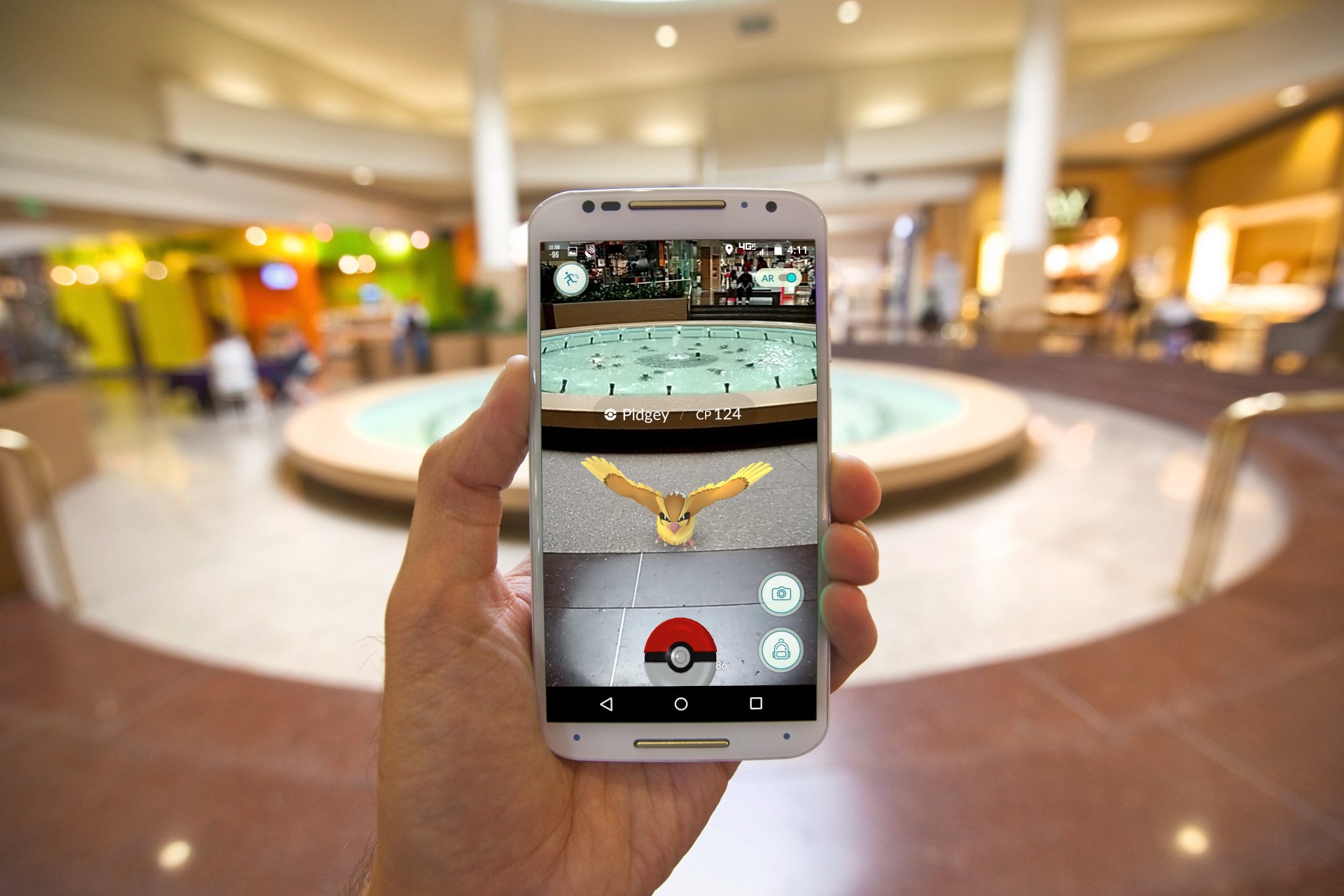AUGMENTED REALITY
The world around us is changing every minute and we can not ignore it. The rapid development of interactive technologies creates amazing opportunities for businesses, education, industry, science and culture.
The fantastic movies where humans could see virtual objects in the real world are no longer a fantasy. It's becoming a reality.
AUGMENTED REALITY.
What is augmented reality (AR) and how does it work?
The answer is in the terminology itself.
Augmenting the reality means complementing the real world with virtual content, mostly visual (such as 3D models, photos and images, video, audio and texts) and then displaying it on various devices: tablets, smartphones, augmented reality glasses, display systems, and so on.
In order to visualize AR content one needs to use the tracking technology which is the core of augmented reality. Tracking means positioning and orienting both real and virtual objects in a unified system of coordinates so that they are bond together naturally.
The simplest example of augmenting reality is a QR code. When pointing the camera onto it a user may be either redirected to a webpage or see some additional visual information, e.g. 3D object right above the QR code.
A QR code can be easily replaced by a random image or a real object such as a table, a wall or a person’s face or hand.
Another tracking technology that is widely used for augmented reality is geolocation.
In 2016 a famous AR game "Pokemon Go" thundered into the whole world. It was unique since it was based on geolocation tracking and available to everyone with a smartphone with GPS tracker. Having the ability to position your smartphone at specific location identified by GPS coordinates one could have localized all kinds of Pokemons that are typical for different environments such as water, green parks and others.
In summer 2019 another AR game was launched to the world market – “Wizards Unite”. It is based on the famous series of novels “Harry Potter”. Go ahead and download it for free!

More than mobile!
However, interesting and effective AR solutions are not limited to just mobile applications!
In order to impress hundreds of spectators at once we created a system of multiple cameras for presenting AR on big stage called AR STUDIO.
For stationary or temporary exhibits we offer a large screen solution with either a passive floor AR marker used as a trigger or an active AR marker that can be used as a multifunctional tool in a dynamiс game.
And one of a very popular solutions of ours is the multitouch projection on a vertical surface. Where the whole wall becomes a "living marker" and any of the objects appearing on it becomes interactive!
How to use AR with maximum efficiency?
Augmented reality is widely used for exhibition and promotional activities. One can add zest to his printed materials – augment his business cards with bright infographics or videos, put vivid 3D models on catalogue pages, demonstrate how complex equipment works from the inside or x-ray some opaque objects. The use of AR for promotion helps to convey information client in a new, exciting format and provide a WOW effect.
Augmented reality helps to conduct comprehensive employees training and to provide remote maintenance.
For example, Airbus has created a training program where aircraft maintenance crew is able to analyze 3D content through hand-free AR glasses reading virtual instructions above the real objects needed to be inspected or repaired.
Such giants of the consumer goods industry like Ikea and Leroy Merlin have implemented user-friendly AR apps that enable their customers to try and fit the virtual interior elements from the printed catalog at home, choose the color palette and create room design using augmented reality.
In the field of education teachers and students have been successfully developing mobile AR applications to use them in the classrooms and AR laboratories, participating actively in championships and hackathons. It’s not a secret that the use of AR in the classroom increases the effectiveness of learning preocess and involves students into investigating new topics.
You can learn more about educational AR projects on our website devoted to our AR & VR toolkit - EV Toolbox at www.evtoolbox.com.